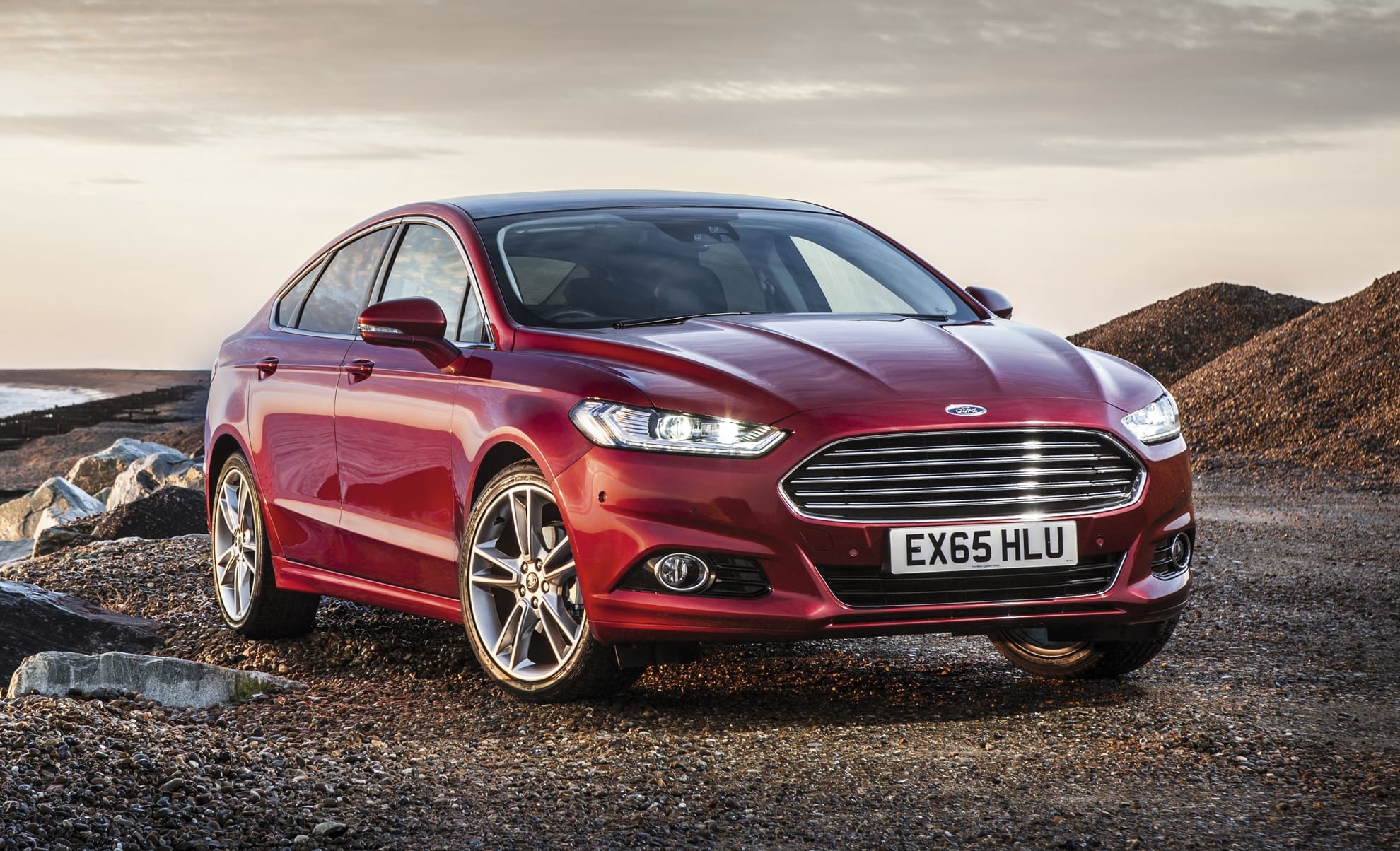



Diesel has had a bad run of it lately. The fuel has been under scrutiny for some time on the grounds that it creates more NOx and particulate emissions (the bits that are bad for air quality) than petrol, and despite efforts by the Society of Motor Manufacturers and Traders (SMMT) to promote the efficiency and cleanliness of modern diesel vehicles, the Government, environmental groups and others have waged a very public war on it.
The Volkswagen emissions scandal of course stoked the fire, too. Even though the dishonesty with CO2 emissions latterly spread to petrol engines, it was diesel that came off the worst – and that just gave the critics more ammunition.
Despite the protests, it’s unlikely that diesel will ebb away overnight, but questions remain over what lies in store, especially with talk of additional low emissions zones along the lines of London’s Congestion Charge for other areas of the UK, some of which could exclude some diesel vehicles, particularly older examples.
But Ford thinks it has the answer. The firm has begun a project to develop what it says is a near zero particulate emission diesel fuel. The €3.5 million, three-year venture is co-funded by the German government and taking place at Ford’s Research and Advanced Engineering Centre in Aachen. It also sees the firm team up with universities, government departments and fuel industry suppliers.
In a nutshell, the project focuses on two alternative ether-based fuels for diesel engines known as dimethyl ether (DME) and oxymethylene ether (OME1). DME is commonly used as a non-toxic propellant in aerosols, and OME1 is a liquid that is usually put to use as a chemical solvent – both of them can be produced from renewable sources such as bio-gas or via a process known as power-to-liquid, which uses solar or wind power with CO2 captured from the air. With a little adaptation, both fuels are perfectly capable of powering a conventional diesel engine, and crucially, they do so without producing any particulates – the soot and nasty stuff that affects air quality for which diesels are currently being rebuked.
“When you look at the combustion properties of DME or OME1 and compare them to diesel, they’re almost identical,” Werner Willems, Technical Specialist for Powertrain Combustion Systems at Ford’s Aachen Centre tells Diesel Car, “they’re small molecule fuels and they don’t produce any particulates, so you don’t see any soot from the vehicles. Other than that, the combustion strategies are the same as conventional diesel vehicles and components such as the air parts, the turbocharger and everything else are almost identical.”


On the technical front, very little needs doing to a normal diesel engine in order for it to run on the ethers, according to Willems: “The fuels are almost 100 per cent compatible with existing engine technologies. The only difference you have is the injection system. The injection system we are going to use is basically a modified diesel common rail system that global automotive components manufacturer Denso has developed, so you have to replace the seals and the tank.”
As for the fuels themselves, Willems claims DME behaves in a similar manner to LPG – and could even work with a near stock LPG system. “It’s a gas under ambient conditions, but you can actually liquefy it very easily and you could use it with a conventional LPG system in a vehicle – just change the seals, then you’re ready to go.” OME1 is arguably even easier because, unlike DME, it’s already a liquid at ambient temperatures, though generating it requires additional energy.
Ford is using the Mondeo as a test bed for the new fuels and the firm claims it will have an operational prototype model running on ether before the end of the three-year research period. The project is also looking at applications beyond passenger cars, as a team at the Technical University of Munich – also involved in the project – has put together a prototype heavy-duty bus and truck engine that runs on OME1.
This isn’t the first time either the motor or the petrochemical industries have toyed with the idea of developing ether fuels for use in diesel vehicles. Volvo Trucks has knocked its head together with clean diesel specialist Oberon Fuels in California in order to get DME available at filling stations in the US. The scheme has yet to come to fruition, as the fall in oil prices has made conventional diesel much easier and more attractive to the commercial sector – but a couple of big names pushing ether fuels Stateside proves there’s some mileage in it.
The biggest single obstacle to a wide-scale take-up of the likes of DME and OME1 is, unsurprisingly, infrastructure. “This is the issue we’ve had for many, many years,” says Willems, “People say, ‘why should we work on new fuels when there is no infrastructure’ and on the other hand, the fuel suppliers say ‘why should we work on a new fuel when there is no vehicle application available?’ so we’re trying to overcome this big chicken and egg scenario by starting a new project right from the beginning and involving a lot of different organisations.”
Politics aside, Willems believes the process of getting ether fuels onto filling station forecourts is about as straightforward as adapting a normal diesel engine to run on them. “The possibilities are there. When you look at the cost of an LPG tank station, they’re not very expensive. What Oberon Fuels does in California is simply take an LPG gas station, replace the seals and use it for DME as well – that’s all they do. From a transitional point of view, that’s something that could be easily done in collaboration with the fuel suppler industry.”
Jack Carfrae
© Motorworld Media 2023
Registered Office: 4 Capricorn Centre, Cranes Farm Road, Basildon, Essex. SS14 3JJ
Company Number: 8818356
Website designed by Steve Dawson